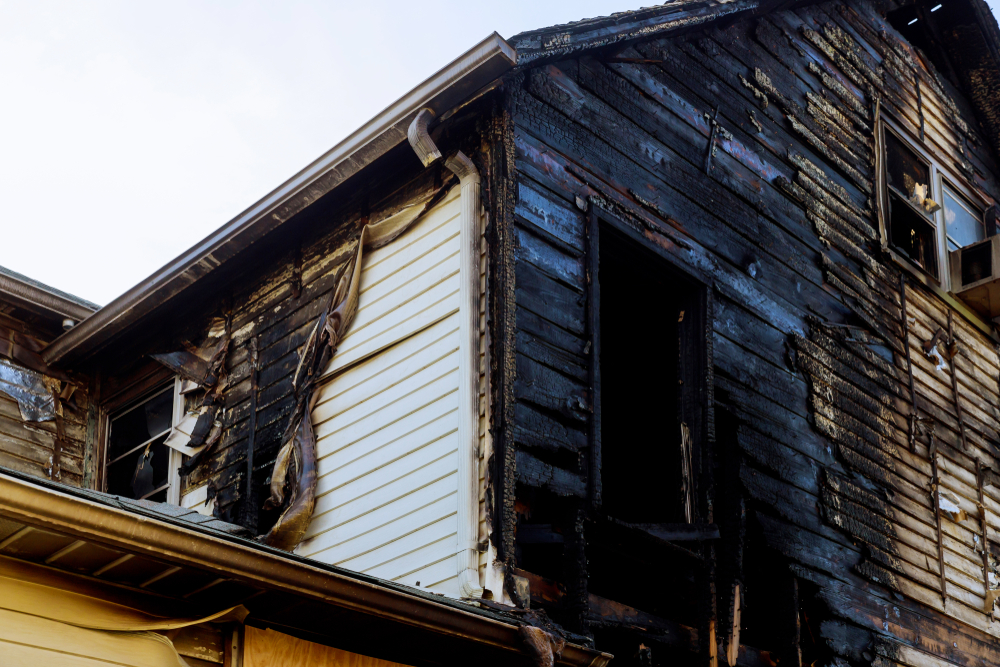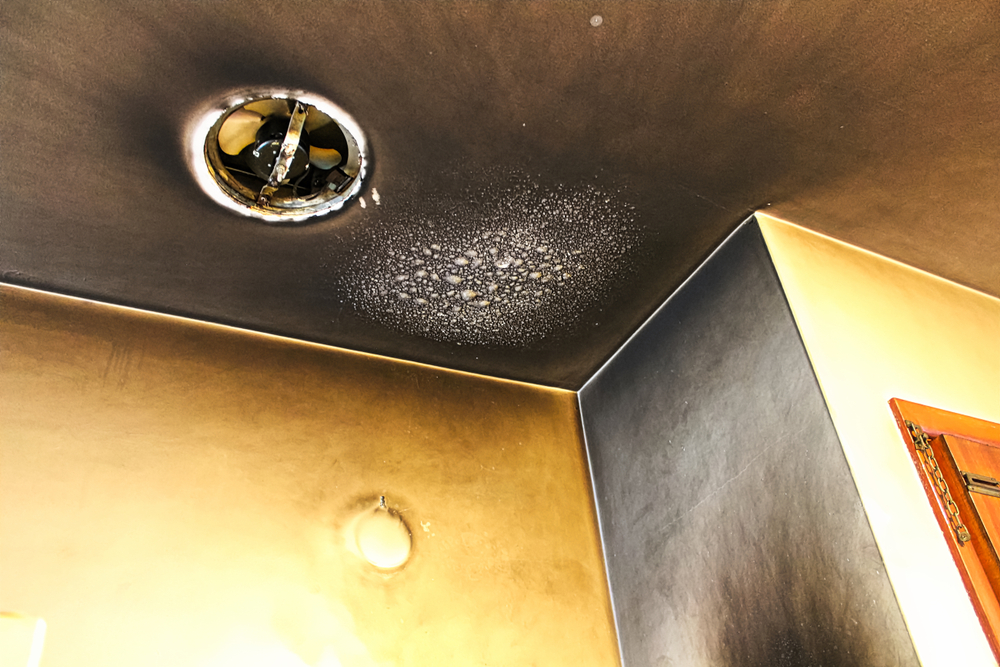Fire damage has major environmental effects in addition to being a hazard to property and life. Fires produce toxic chemicals, create too much waste, and help to cause long-term ecological damage whether they strike a residential house, business property, or natural habitat. Reducing these consequences depends critically on the restoration process, which also helps to lower waste, preserve resources, and responsibly rebuild the impacted ecosystem. Understanding the environmental impact of fire damage on the surroundings and the need of environmentally responsible restoration helps property owners to make wise decisions supporting sustainability.
Beyond instantaneous damage, fires disturb ecosystems, affect water sources, and aggravate air quality. Burning the materials used in building and common household appliances releases dangerous chemicals, therefore aggravating environmental damage. Professional fire damage restoration services, however, can greatly lessen these effects by means of planned cleanup, conscientious waste disposal, and environmentally friendly building projects. Choosing environmentally friendly restoration techniques helps people and communities support environmental sustainability and assist in the healing process.
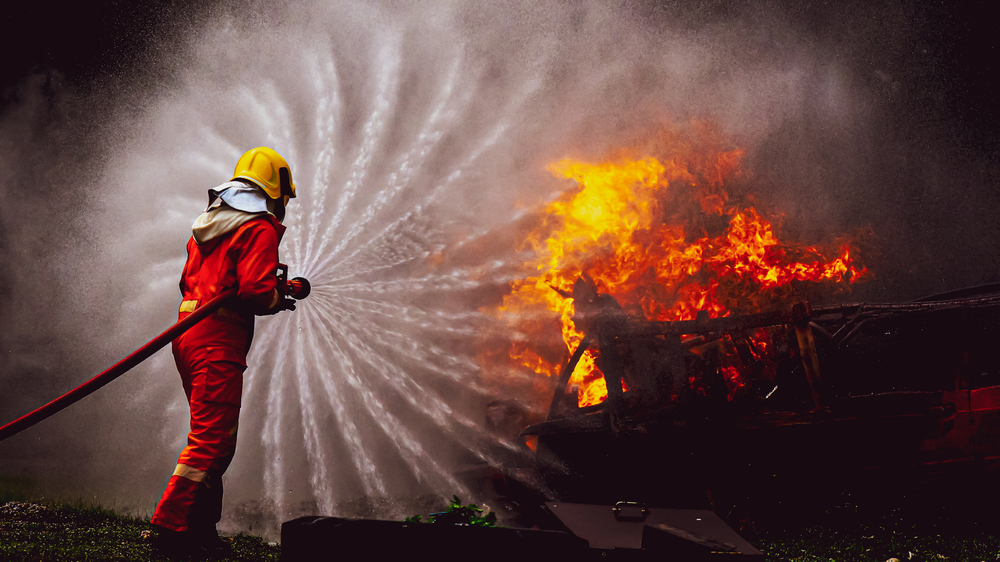
Environmental Impact of Fire Damage
1. Air Pollution
Air pollution is among the most instantaneous and obvious effects of fire damage. Fires spew a range of hazardous materials into the atmosphere, including:
- Smoke and Soot: These particles, smoke and soot, can hang in the air and aggravate respiratory problems and other health difficulties.
- Carbon Monoxide (CO): A deadly gas, carbon monoxide (CO) can be fatal in high doses.
- Volatile Organic Compounds (VOCs): Released from burning plastics, wood, and home chemicals, volatile organic compounds (VOCs) add to long-term problems with air quality.
Beyond the fire site, these contaminants compromise air quality in nearby areas and aggravate climate change by greenhouse gas emissions. While rural areas may suffer long-term harm to plant and wildlife, poor air quality resulting from fire damage might cause more hospital visits in urban areas because of respiratory issues. Furthermore extending environmental damage is the fact that residual particle matter in the air can take weeks or even months to disperse.
2. Water Pollution
Through runoff from firefighting activities, fire damage frequently results in water contamination. This polluted water can have:
- Chemical Residues: From burned items and fire retardants, which could contam neighboring water supplies.
- Soot and Debris: That can damage aquatic ecosystems and choke water supplies from soot and trash.
- Heavy Metals: Released from burned buildings materials, batteries, and gadgets, heavy metals contaminate land and groundwater.
These contaminants can proliferate without appropriate containment and cleanup, therefore creating long-term environmental concerns. Furthermore, chemically loaded water used to put out flames can leak into storm drains and contaminate lakes and rivers. This pollution has terrible ecological consequences: it kills aquatic life, disturbs ecosystems, and renders water unfit for human consumption.
3. Waste Generation
Following a fire leaves enormous volumes of trash including:
- Burned building materials (wood, drywall, insulation, glass, and metal)
- Contaminated furniture and appliances
- Toxic residues from chemicals and hazardous substances
Improper disposal of this garbage can overwhelm landfills, raise transportation-related carbon emissions, and worsen environmental degradation. In industrial and commercial buildings, fires can produce even more dangerous trash including asbestos, lead-based paint, and other toxic materials needing particular handling. Although many fire-damaged objects wind up in landfills because of inadequate sustainable repair initiatives, proper disposal and recycling activities can greatly reduce this environmental impact.
4. Habitat Destruction
Fires that reach green areas and woods destroy natural habitats, therefore affecting:
- Loss of biodiversity brought on by loss of ecosystems supporting plants and animals.
- Degradation of soil that lessens the capacity of the land to enable regeneration.
- More chance of erosion and flooding since removed trees and plants help to support the ground.
Urban fires can have an impact on nearby wildlife as well, uprooting species and spoiling their water and food supplies. Particularly in places where human activity has already taxed natural resources, entire ecosystems can take decades to recover. Particularly wildfires are getting more common due to climate change, therefore aggravating habitat degradation and endangering world biodiversity.
5. Resource Depletion
Efforts at firefighting and rehabilitation call for large expenditures including:
- Water utilized in firefighting, which could tax nearby resources.
- Energy-intensive cleaning projects including decontamination, reconstruction, and demolition.
- New building materials drive raw resource consumption.
Efforts at fire recovery without sustainable techniques can further tax the environment. Apart from the consumption of water and energy, the movement of trash and reconstruction materials can greatly help in carbon emissions. Using resource-efficient repair techniques helps property owners save money and lessens the effect on the surroundings.
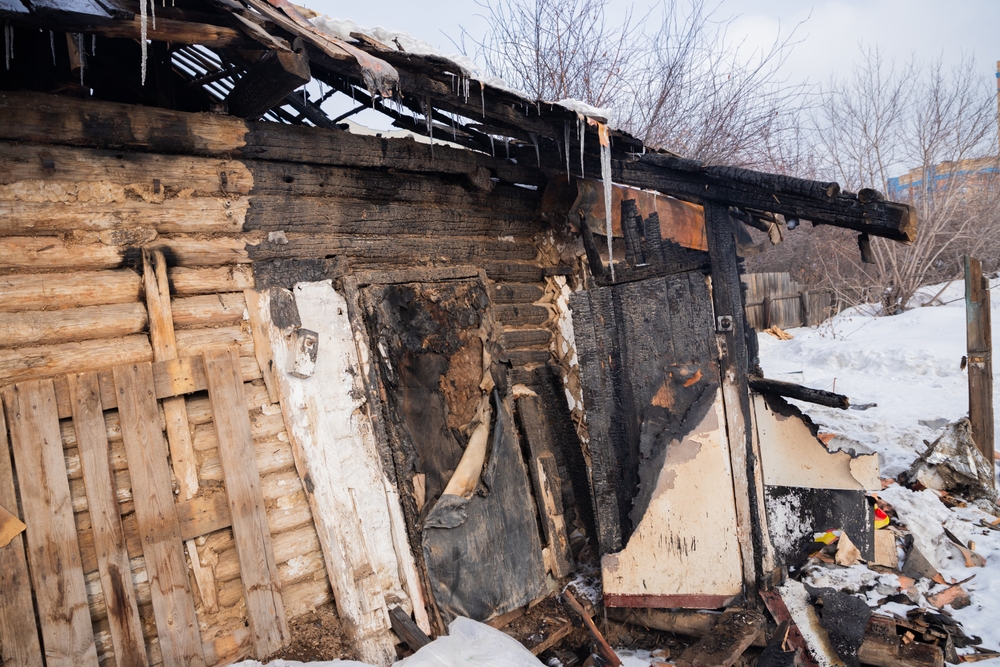
How Restoration Companies Help
By using ethical and sustainable recovery techniques, professional fire damage repair businesses significantly help to reduce environmental effects.
1. Waste Management
Reducing the environmental impact of fire damage depends on correct waste management. Restorers assist by:
- Organizing and correctly throwing of dangerous substances, lead paint, and asbestos.
- Reducing landfill trash by means of recycled and repurposed recoverable resources including metal, glass, and wood.
- If at all possible, minimize demolition waste by rehabilitating rather than replacing damaged buildings.
2. Water Conservation
Restoration firms use to cut water waste:
- Effective methods of drying and extracting water that cut needless usage of it.
- Water-efficient cleaning techniques meant to decrease runoff contamination.
- Environmentally friendly decontamination methods avoiding more pollutants.
3. Energy Efficiency
Restoring can help to lower energy usage by:
- Running low-power consumption air scrubbers and dehumidifiers, among energy-efficient appliances.
- Giving alternative energy sources top priority in rebuilding, including, where practical solar-powered systems.
- Using smart repair techniques to maximize energy consumption in air conditioning, ventilation, and heating, ventilation, systems.
4. Eco-Friendly Cleaning Methods
Many times containing dangerous chemicals, traditional cleaning products might further damage the surroundings. Restoration businesses use: in order to reduce this impact:
- Safely breaking down non-toxic, biodegradable cleaning products without contaminating water supplies.
- Modern cleaning methods including dry ice blasting, which eliminates soot and residue free from damaging chemicals.
- HEPA filters to increase indoor air quality and gather airborne pollutants.
5. Mold Remediation
Common results of fire damage are mold development, particularly in cases of water usage for firefighting operations. Practices of sustainable mold remediation consist in:
- Substituting mild environmental safe mold inhibitors for strong chemicals.
- Using moisture control strategies to stop mold from returning without too much energy use.
- Restoring damaged goods instead of replacements will help to lower total waste.
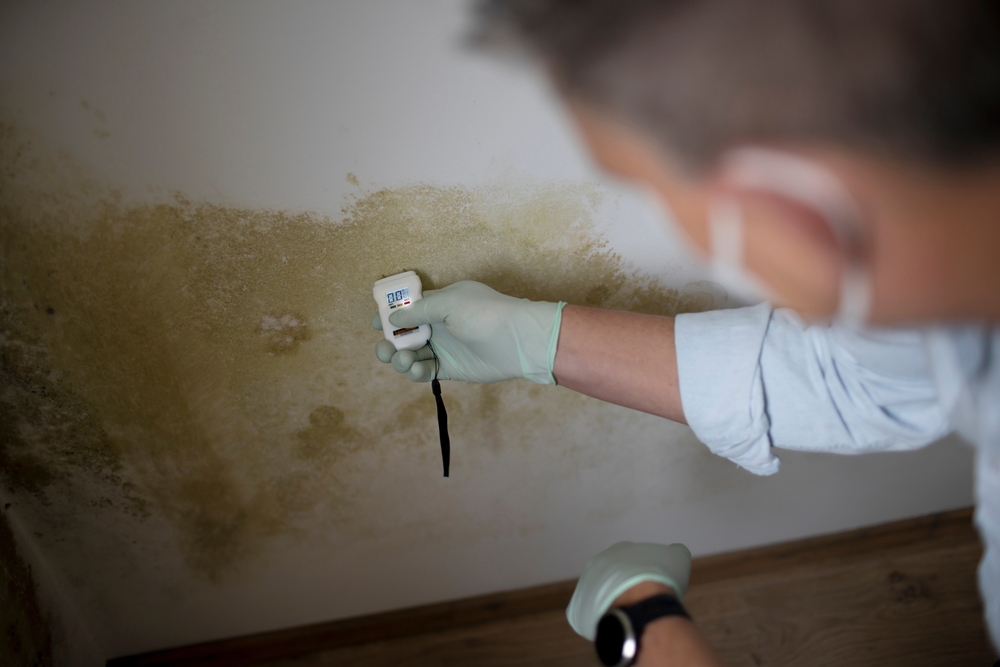
Conclusion
From air and water pollution to habitat destruction and resource depletion, fire damage has far-reaching effects on the surroundings. Professional repair businesses, however, are rather important in reducing these consequences by means of environmentally friendly cleaning methods, water and energy economy, and careful waste management. Selecting a restoration business that gives environmental sustainability a priority allows property owners to help to heal from fire damage and contribute to a better world.
Philadelphia Restoration Services
https://www.google.com/maps?cid=3399342399556699153
+1 267 668 0013
https://philadelphiarestorationservices.com/

